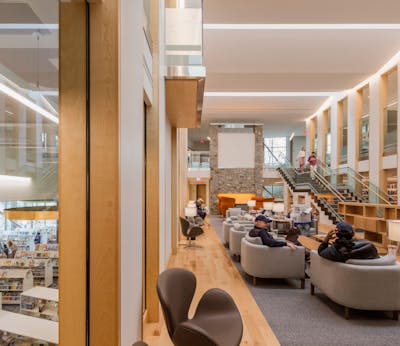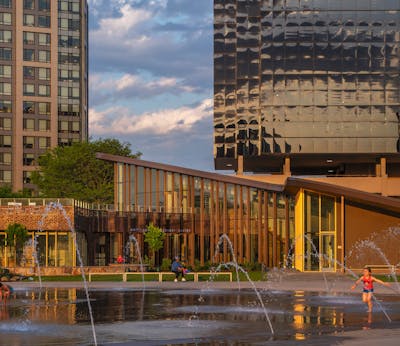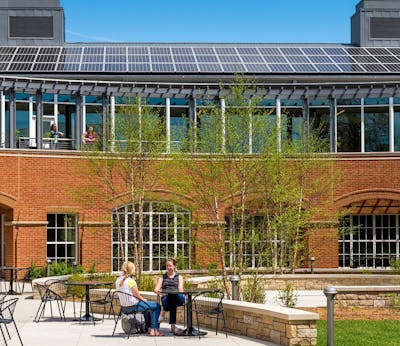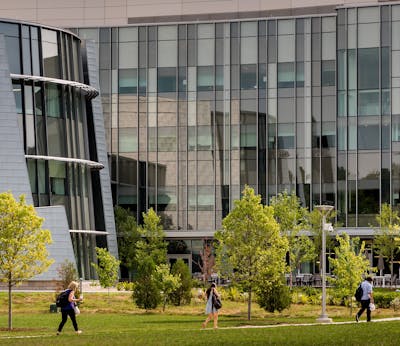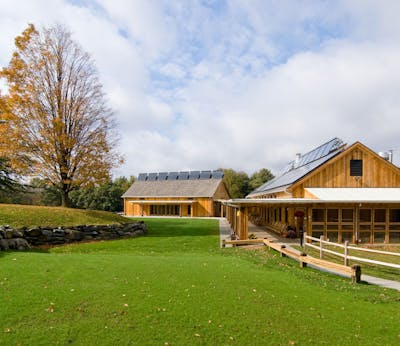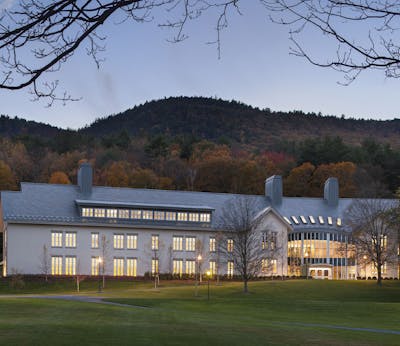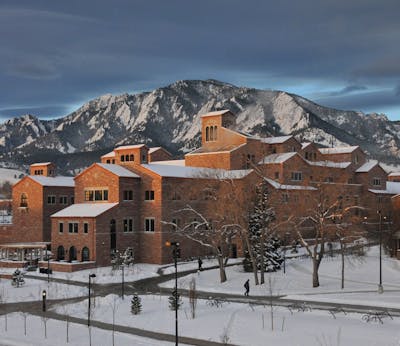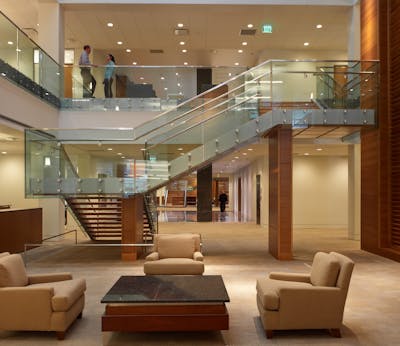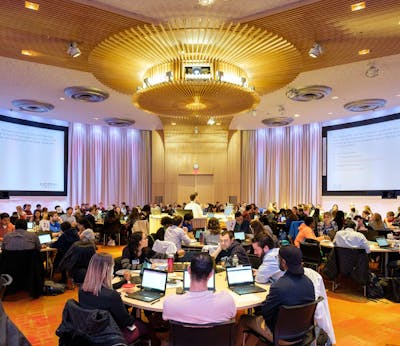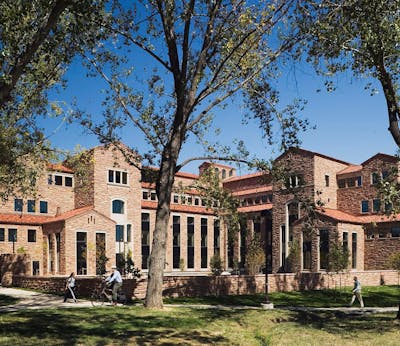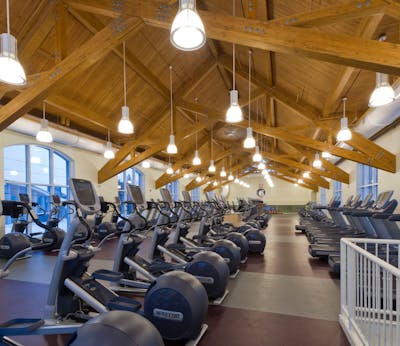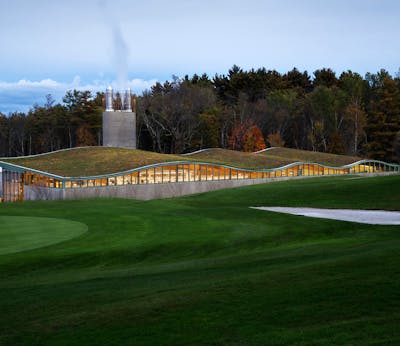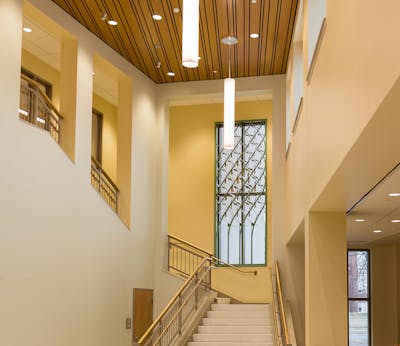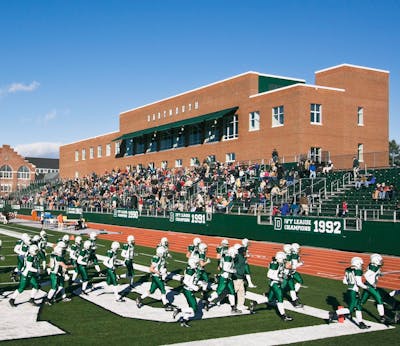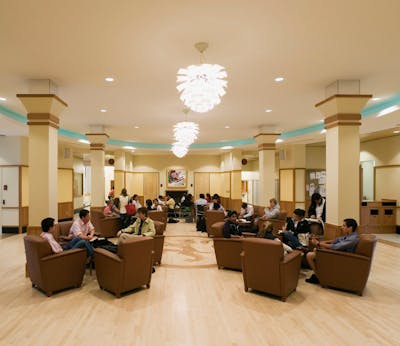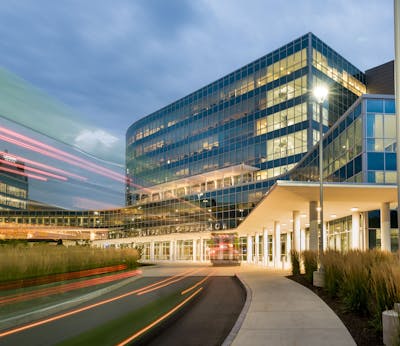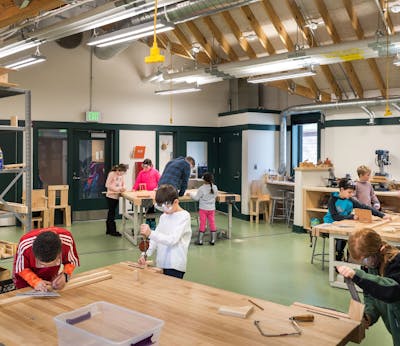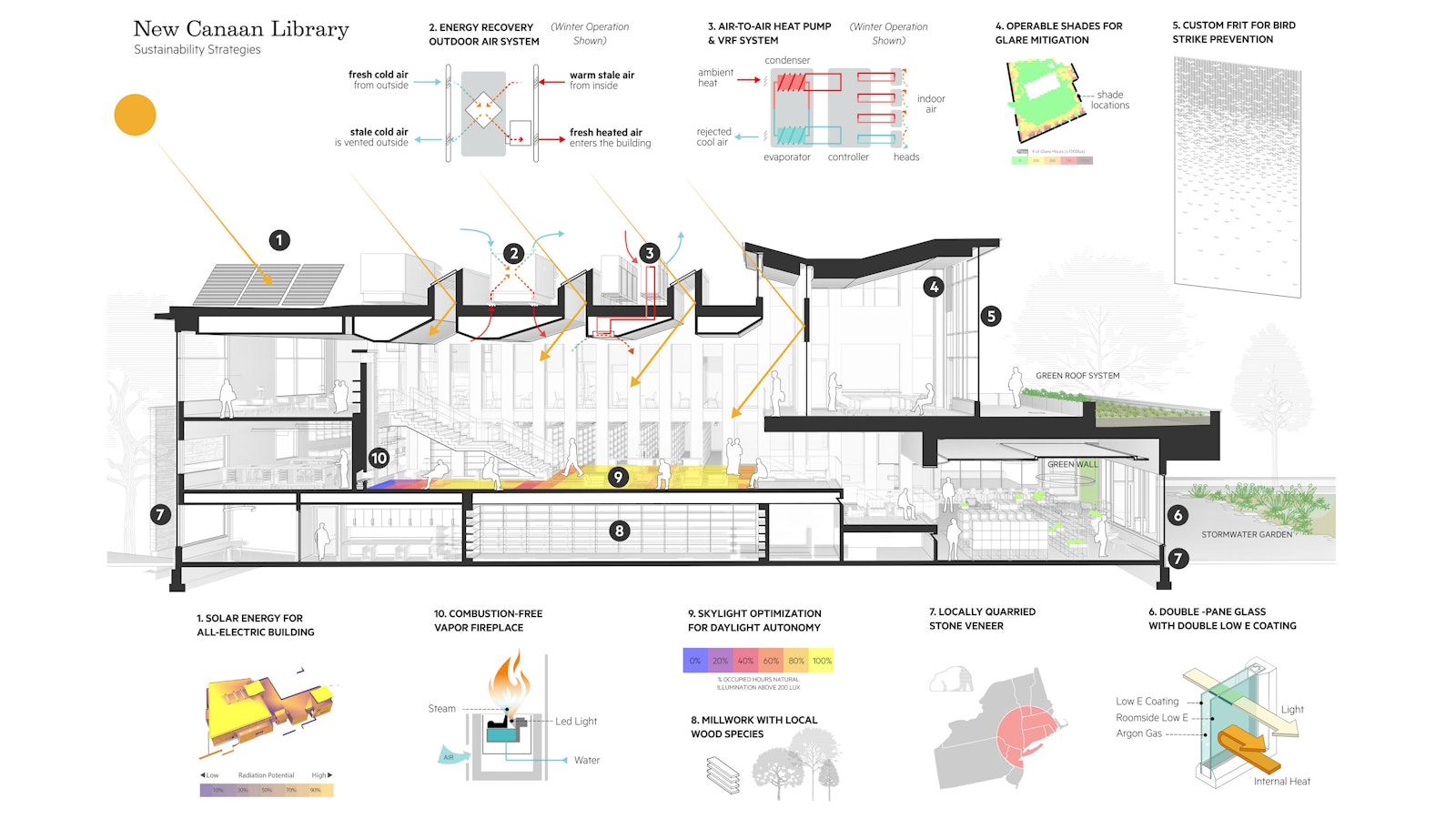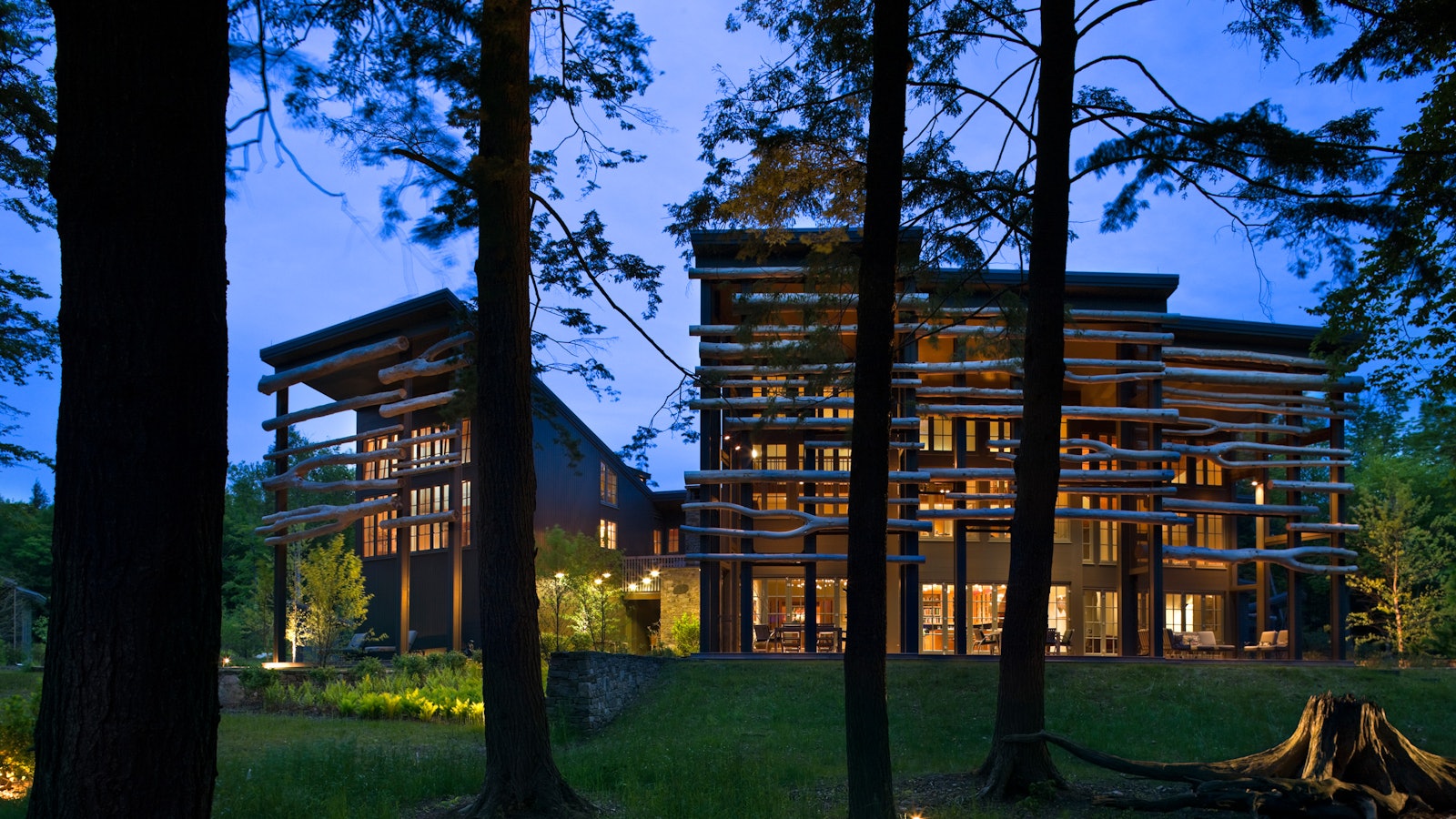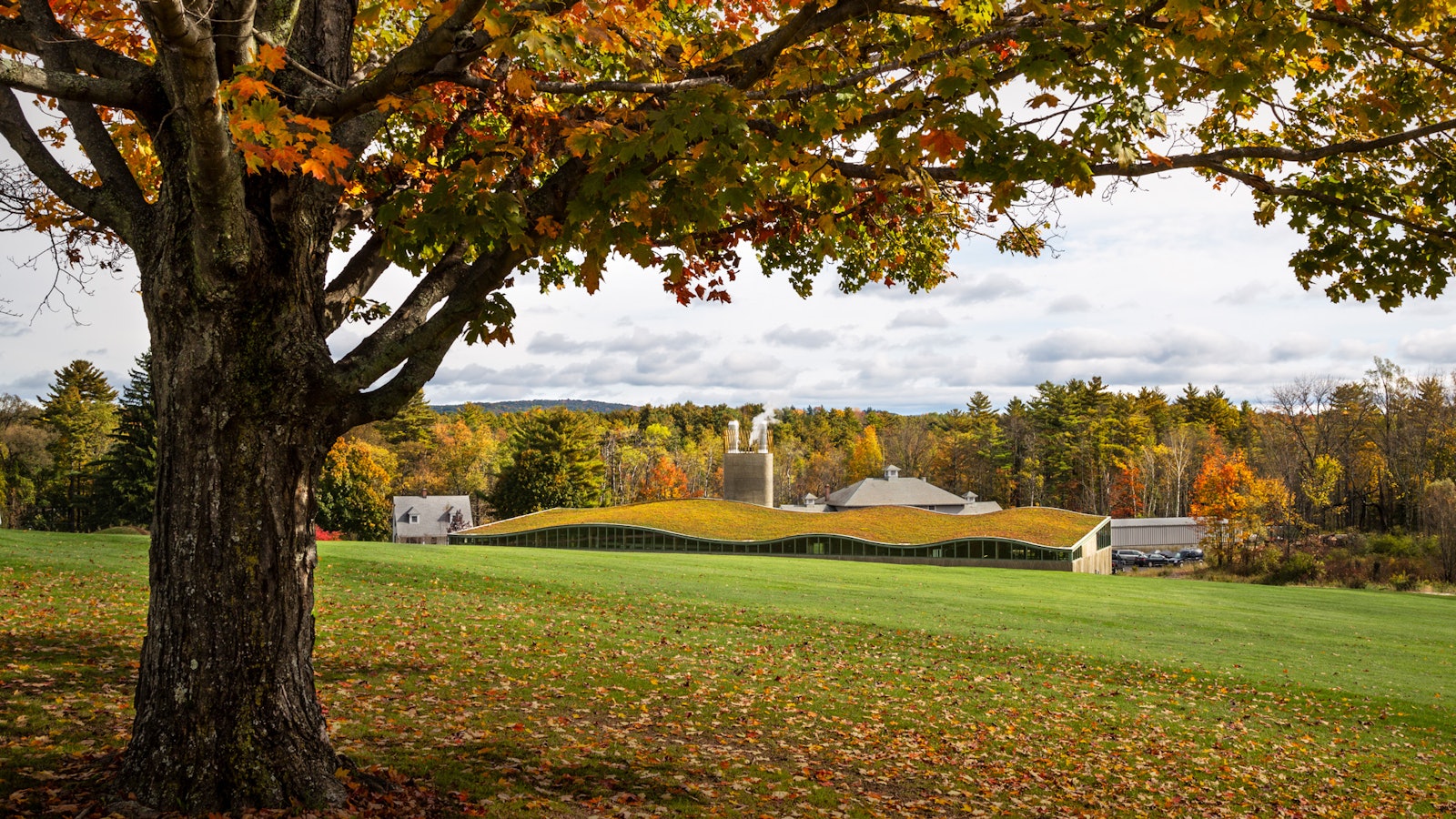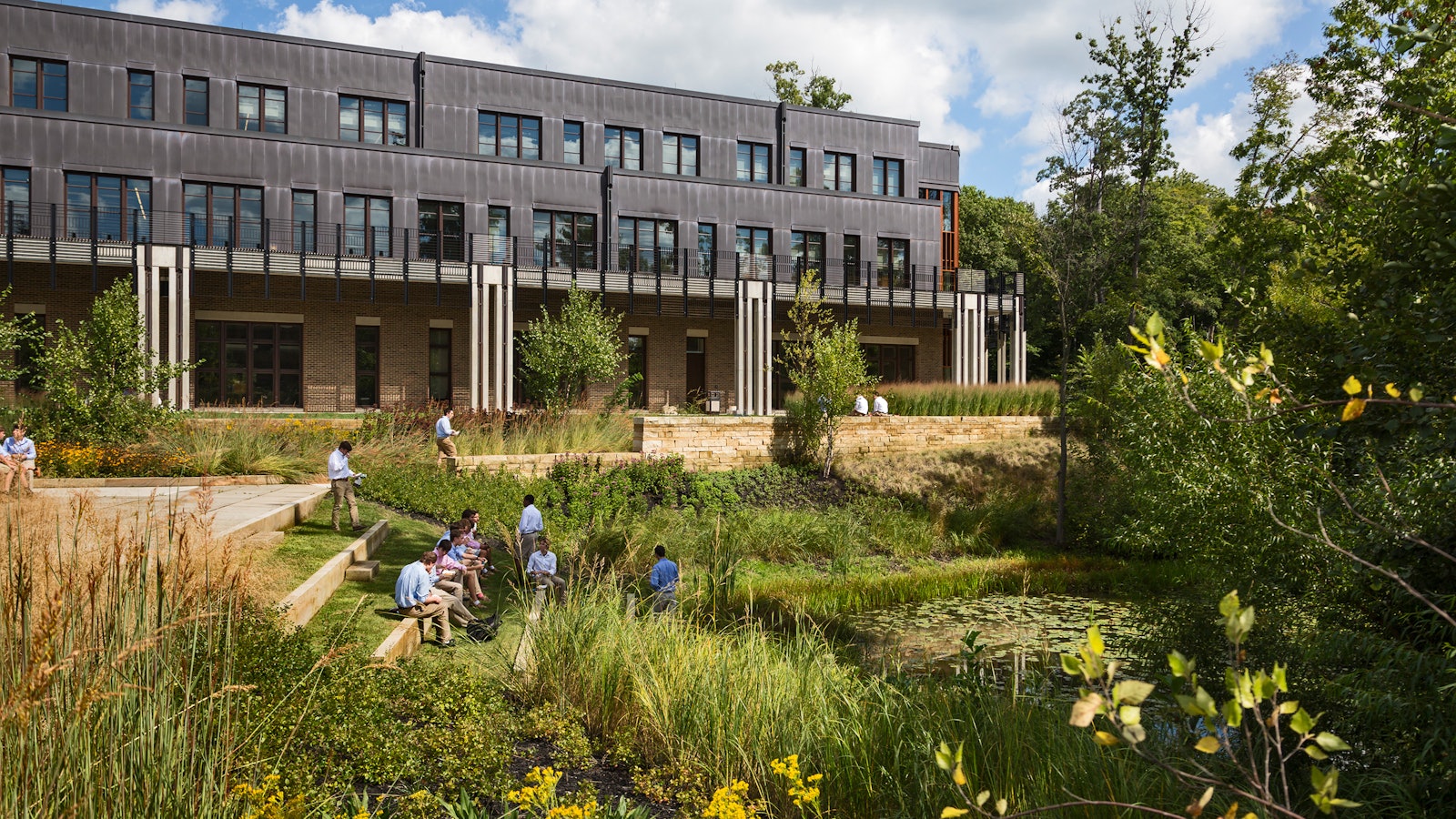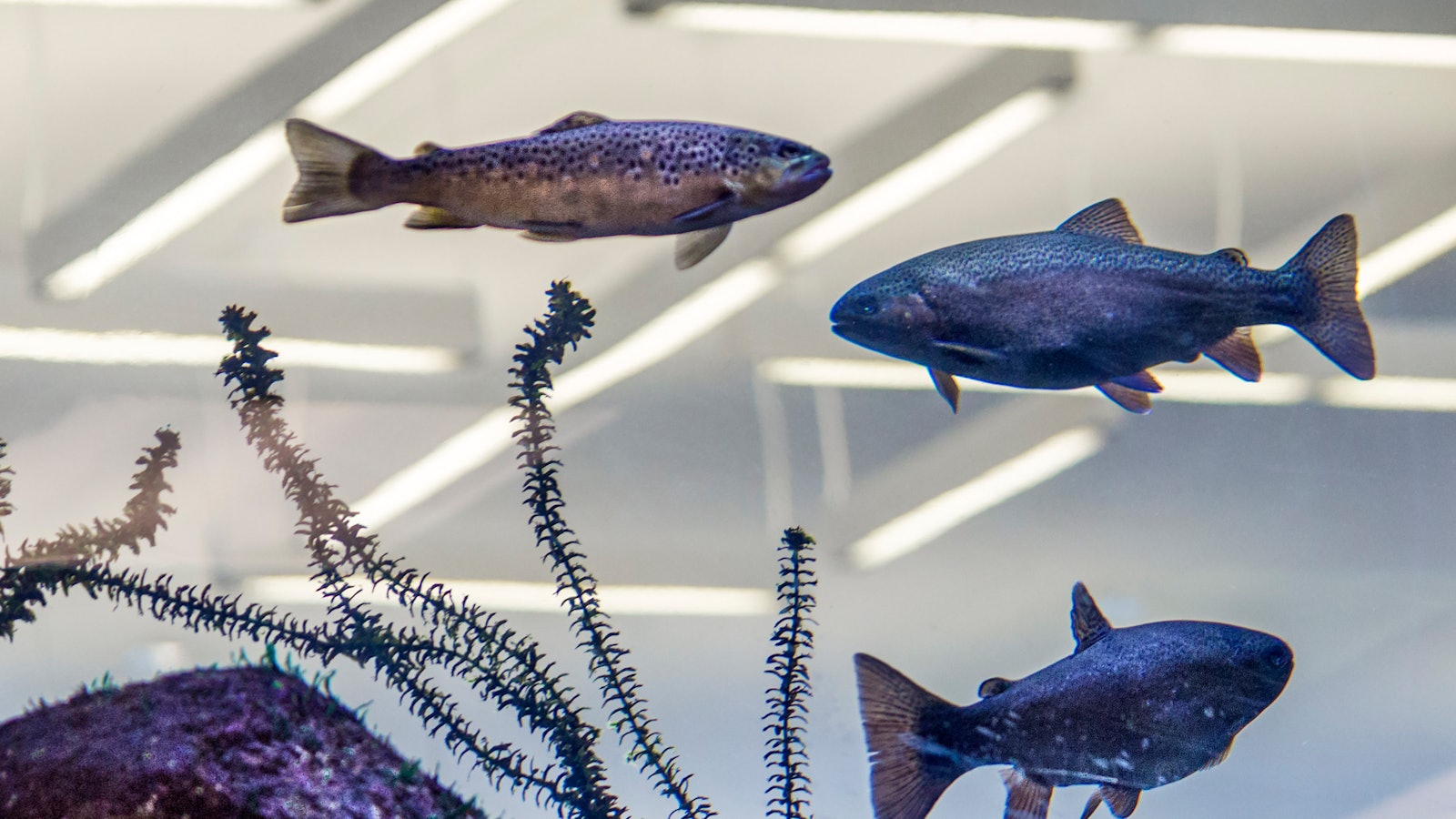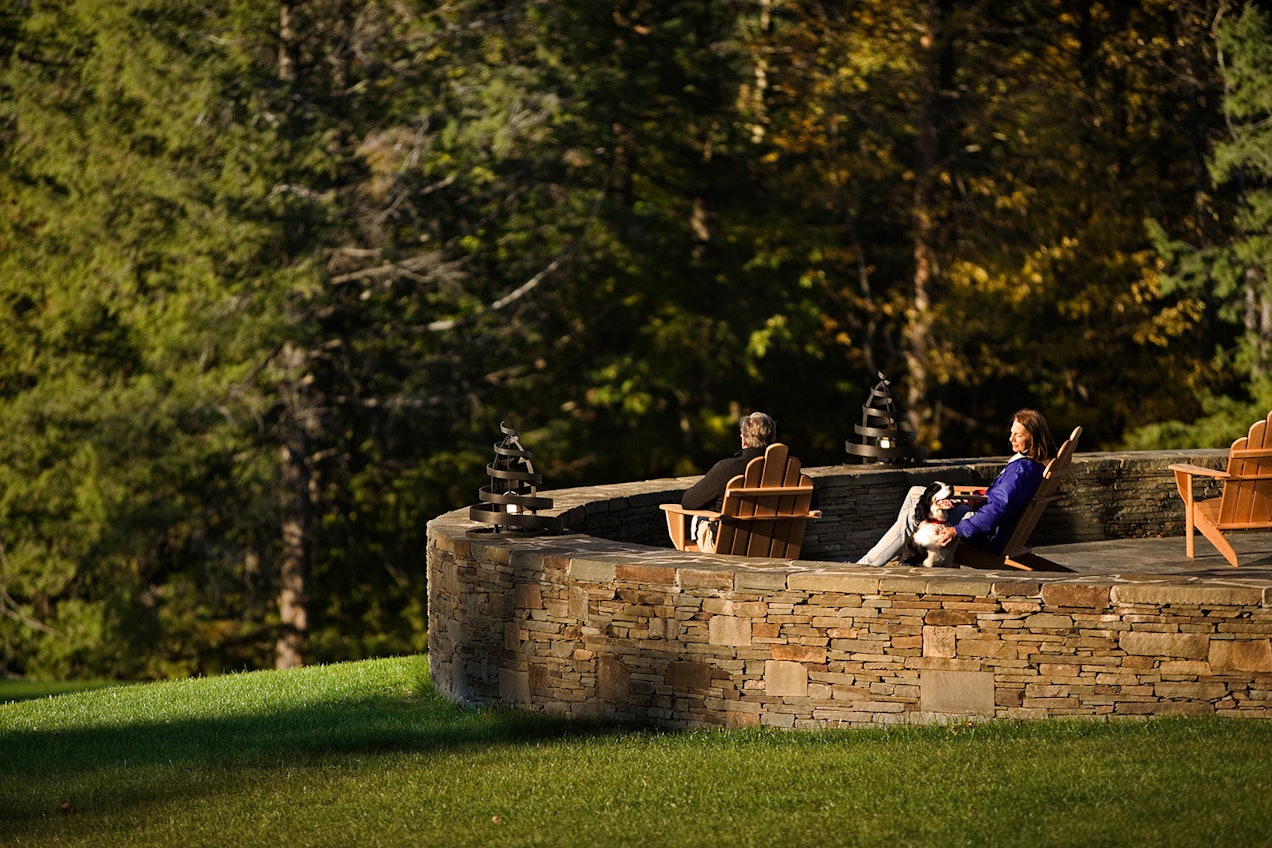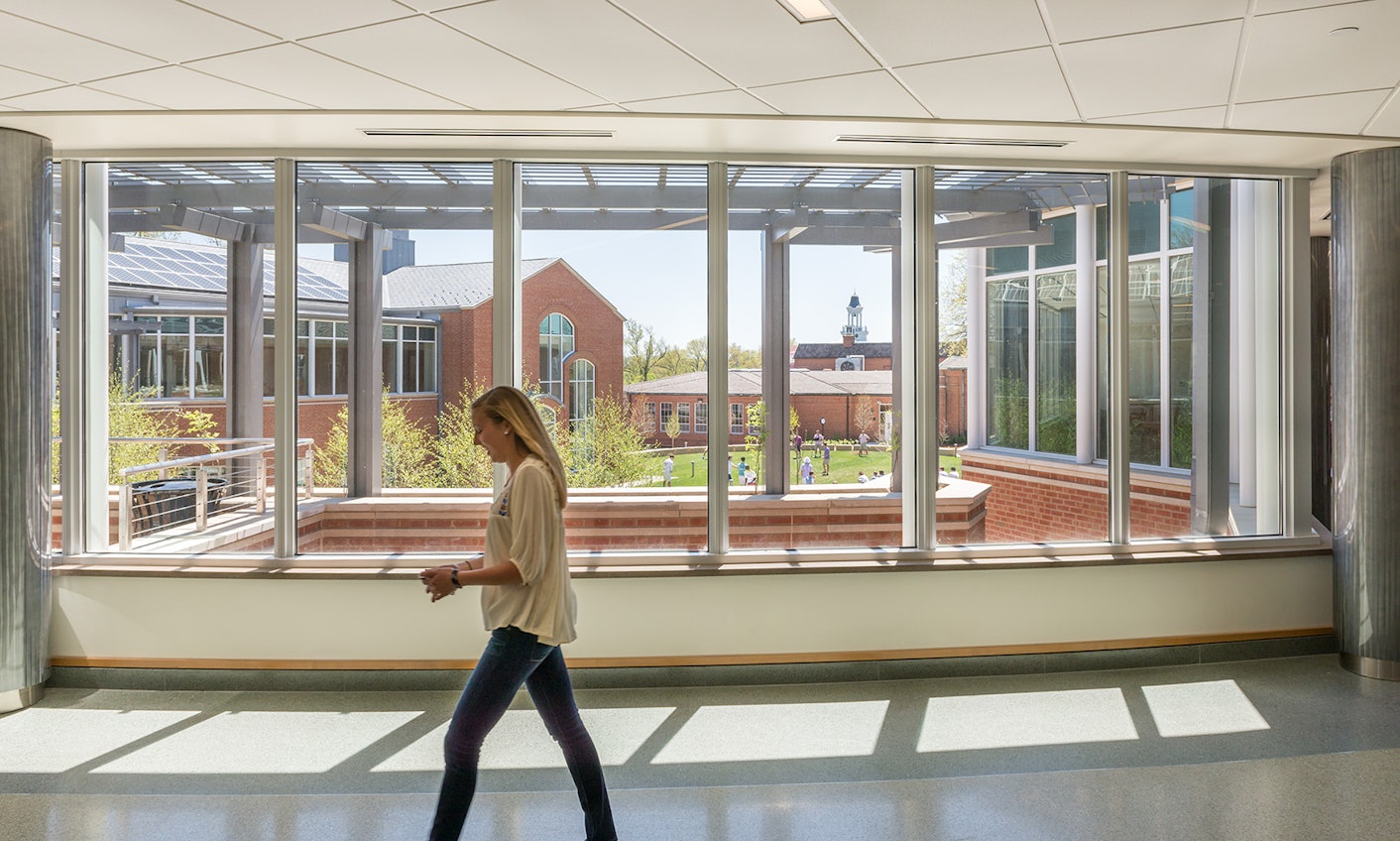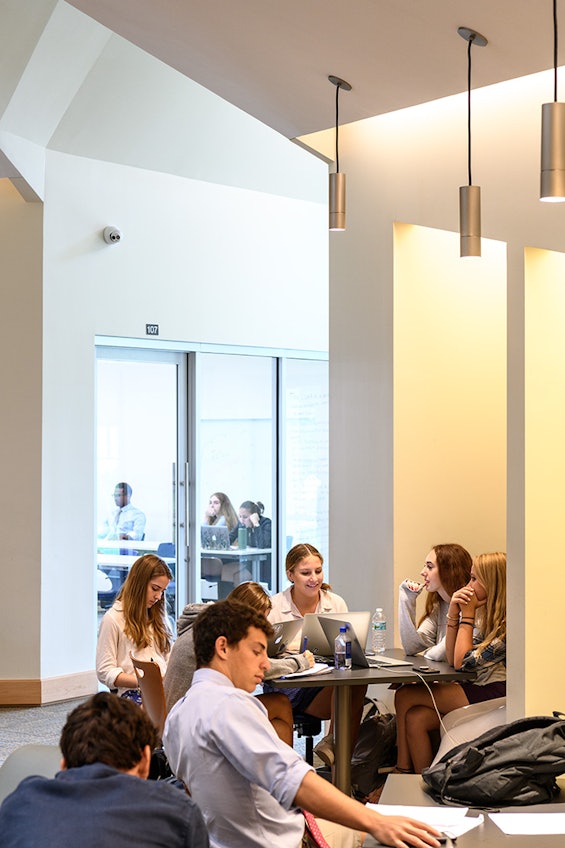Sustainable Design
Sustainable Design
Centerbrook has designed green buildings for nearly five decades. We are steeped in current thinking about sustainability, wellness, and biophilia. We are also experts at modeling and measuring ways to maximize building performance. What differentiates us is our focus on promoting stewardship, storytelling, and lifelong learning in the communities we work in.
sustainable design: Projects
Sustainable Design: Topic
Moving the Needle
Centerbrook’s 2023 Sustainability Action Plan lays out a framework for reaching our ambitious sustainability goals in the next decade: net zero buildings across our portfolio, significant reductions in embodied carbon, and a focus on making every building we design filled with healthy air, natural light, and connections to nature. As we embark on this journey, we also seek to build on our strengths: our close relationship with our natural setting, our passion for lifelong learning, and our building science expertise balanced with whimsy, play, and delight.
Sustainable Design: Topic
Locally Grown
Centerbrook's building portfolio spans the climates and cultures of the North American continent. We learn from local customs of each place and design building forms, details, and materials that respond to them. We are also committed to understanding the special relationships between the people and the places we are designing in. This leads to buildings that endear themselves to their inhabitants and their communities, and thus endure.
Sustainable Design: Topic
Connecting People to Nature
It is in our DNA to connect our buildings with the ecosystems around them. Our hallmark attention to detail extends to the materials, furniture, and ornament that reference natural and cultural aspects of a place. Daily experiences at our office in the Connecticut River Tidelands, one of The Nature Conservancy's "Last Great Places” for biodiversity, give us a unique perspective on biophilic design; our staff are gardeners, outdoor adventurers, nature poets, and mushroom foragers. We further inform our work with research on the health, cognitive, and productivity benefits of using natural materials, textures, shapes, and experiences in our buildings.
Sustainable Design: Topic
Comfort and Wellbeing
Wellness is central to our design process, and Centerbrook is at the forefront of the science of occupant health thanks to our involvement with the Mayo Clinic’s WELL Living Lab. From our beginnings, however, we have also believed that holistic wellbeing requires something more: buildings that nurture the human spirit. Whether a museum, lab, or house, our buildings give occupants a sense of belonging and life. Designing for the full spectrum of human interaction, from extroverts to introverts, we aim for spaces that provide warmth, wonder, a comfortable place, a view, an excursion, a curiosity, a quiet and calm retreat… a place to be one’s full self.
Sustainable Design: Topic
Long Term Thinking
Our focus on stewardship was born in our own unique home base — a water powered complex with 300+ years of history. We carefully maintain it and test new ideas and technologies as we strive to become carbon-neutral. This hands-on experience has kept us grounded and helped us focus on achievable solutions.
Our understanding of stewardship has been further enhanced by the many institutions we work with on a long term basis. Helping their places flourish is our most important responsibility.
Sustainable Design: Topic
Building Performance
We use digital models and databases to evaluate strategies for reducing energy and carbon, maximizing natural light, and increasing the use of renewable, healthy, and ethically-sourced materials. The analysis graphics we produce help to broadcast our clients' sustainability efforts.
Our team of architects, accredited in LEED, Passive House, WELL, and Fitwel, has designed four LEED Platinum, eight LEED Gold, one Passive House, and one Living Building Challenge project. As signatories to the American Institute of Architects’ Materials Pledge and 2030 Commitment, we aim to make all of our new projects carbon neutral by 2030.

